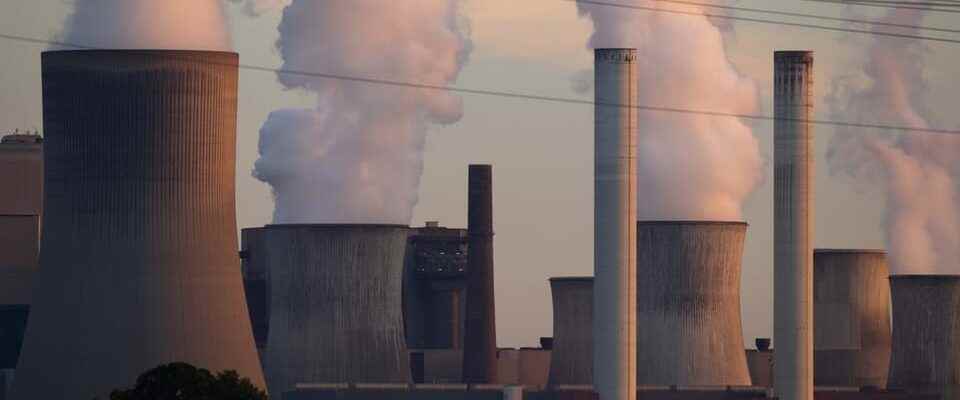- The European Union wants to reduce its greenhouse gas emissions by at least 55 percent by 2030.
- After the Corona year 2020, things are initially going in the wrong direction – by five percent, as a new report shows.
- Experts are calling for significantly more speed, including in the expansion of renewable energies.
The economic recovery in 2021 has brought with it an increase in climate-damaging emissions in the European Union. According to preliminary data, greenhouse gas emissions in the EU increased by an estimated five percent in 2021 compared to the previous year.
This means that emissions last year were still around six percent below the level of 2019, when the corona pandemic had not yet broken out. This emerges from a newly published report by the EU Environment Agency EEA. Energy consumption also increased again in 2021.
Done in 2020, 2030 won’t be enough
To achieve the 2030 climate goals, the 27 EU member states have to do significantly more, as the report shows. The experts write that progress must be more than doubled.
Crucial action is needed in the coming months and years to ensure member states can put in place ambitious emission reduction plans to meet the targets, said EEA Executive Director Hans Bruyninckx.
We need acceleration towards 2030.
Between 1990 and 2020, the emissions of the 27 EU countries fell by 32 percent – they have thus clearly achieved the 2020 climate target of a reduction of 20 percent. On the way to the more ambitious EU climate targets for 2030, however, this is far from enough.
Legend:
One of the EU climate killers: the German lignite-fired power plant Niederaussem in North Rhine-Westphalia. The power plant causes the third highest greenhouse gas emissions of all European power plants (as of 2021).
Keystone/ROLF VENNENBERND
“We need an acceleration towards 2030,” says Jorre De Schrijver, one of the authors of the report. This applies both to the stagnating expansion of renewable energies in 2021 and to the reduction in energy consumption – and in the reduction of all greenhouse gas emissions.
In 2021, things went in the opposite direction – wrong from a climate protection perspective: emissions increased again, especially in transport, industry and energy supply, according to EEA information. The authority sees the main reason for this in the economic recovery after the pandemic, which led to lockdowns, production stops in many factories and far-reaching restrictions on public life in 2020.
While CO2 emissions are rising again across Europe, extreme weather events are also becoming more frequent and severe in Europe. “Over the past year, the effects of climate change have become clearer than ever: severe droughts, water shortages, floods and record temperatures have once again highlighted the potentially devastating effects of climate change,” says the EEA report.

Legend:
According to an agreement, the Niederaussem coal-fired power plant is to be taken off the grid eight years earlier than required by law – but two others in North Rhine-Westphalia are running longer because of the energy crisis.
Keystone/FEDERICO GAMBARINI
Not least in view of the high electricity and gas prices, the energy sector plays a decisive role in climate protection. Bruyninckx explained that short-term measures to increase the energy supply are necessary this winter. Ideally, however, these investments should not make Europe dependent on fossil fuels for many more years.
Saving energy and strengthening renewable energies are not only crucial in the fight against the current energy crisis, but also on the way to climate neutrality.
